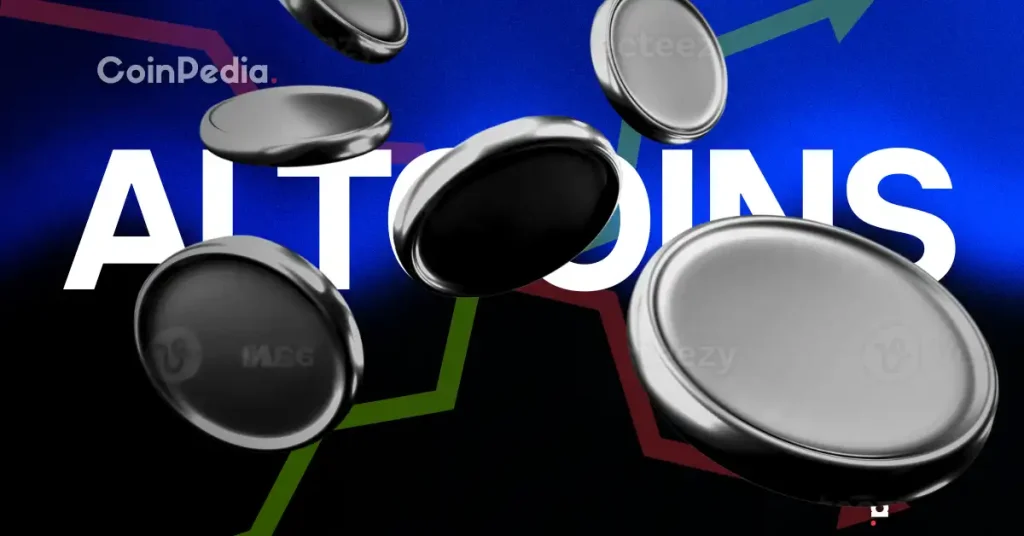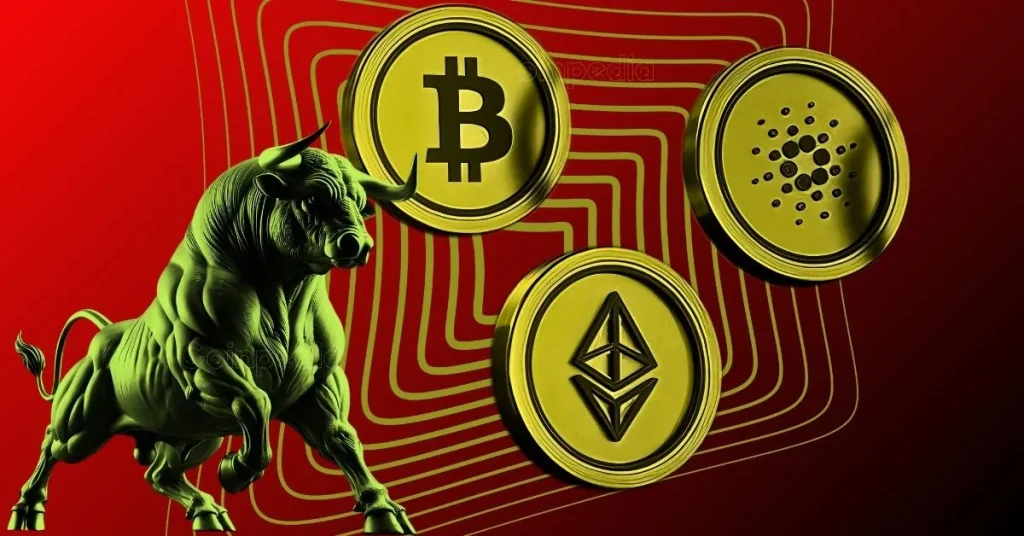Peter Schiff, a prominent economist, has recently stirred controversy with his critical views on the conventional narratives supporting the influence of stablecoins on U.S. Treasury bonds. His observations, which diverge from the general consensus, cast doubt on the favorable impact stablecoins are believed to have on the demand for Treasury securities in the United States.
Do Stablecoins Affect Bond Market Dynamics?
Stablecoins, often pegged to currencies like the U.S. dollar, have increased their presence in financial systems, spurring debates about their effect on Treasury bonds. Contrary to popular opinion, Schiff suggests that stablecoins do not create fresh liquidity but instead migrate existing liquidity within the system, possibly leaving the overall demand for U.S. Treasuries unchanged.
Through a provocative assertion on social media platform X, Schiff conveyed that the funds diverted to stablecoins lack the potential to boost new liquidity. Instead, they redistribute the current liquidity, which may not yield a substantial uptick in Treasury bond acquisitions.
A pivotal aspect of Schiff’s analysis delves into the impact on long-term bond yields. He emphasizes that liquidity shifts could disturb the bond market’s supply-demand equilibrium, potentially triggering a rise in long-term interest rates.
Peter Schiff: “Liquidity shifting to stablecoins does not create new demand, it reallocates existing demand. This may lead to higher interest rates on Treasury bonds in the long run.”
Schiff highlights that the newfound demand for stablecoins does not increase total liquidity within finance but reallocates it. This reallocation could plausibly drive mortgage rates upward as well.
Can Stablecoins Generate Bond Demand?
Schiff’s skepticism finds limited traction among certain circles, given his track record of critiquing the cryptocurrency realm. The previous Trump administration endorsed stablecoins, aligning with views that they enhance the dollar’s strength and spur bond interest. Contrary to Schiff, some hold that stablecoins indeed create newfound demand for Treasury bonds.
Take, for instance, a German investor purchasing 100,000 USDC, prompting Circle to secure $100,000 in Treasury bonds to match its reserves. This situation demonstrates stablecoins generating fresh bond demand, contrary to Schiff’s stance, thereby undermining his assertions.
- The stablecoin market’s influence on U.S. Treasury bonds remains contentious.
- Schiff asserts that stablecoin transactions merely redistribute liquidity.
- Potential implications include a rise in long-term interest rates and mortgage costs.
- Stablecoins’ role in Treasury demand is questioned, with prevailing counterarguments.
Narratives surrounding stablecoins and their effects on U.S. Treasury bonds continue to evolve. Schiff’s reflections, though critical, urge market participants and policy developers to tread carefully in the expanding stablecoin landscape, which is poised to create fluctuations in interest rates and the broader financial ecosystem. Insight into these dynamics can help better assess the risk-reward balance of stablecoins on existing financial structures.
Disclaimer: The information contained in this article does not constitute investment advice. Investors should be aware that cryptocurrencies carry high volatility and therefore risk, and should conduct their own research.
















 English (US)
English (US)